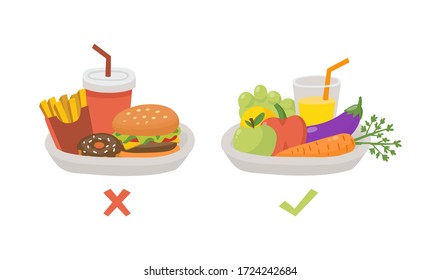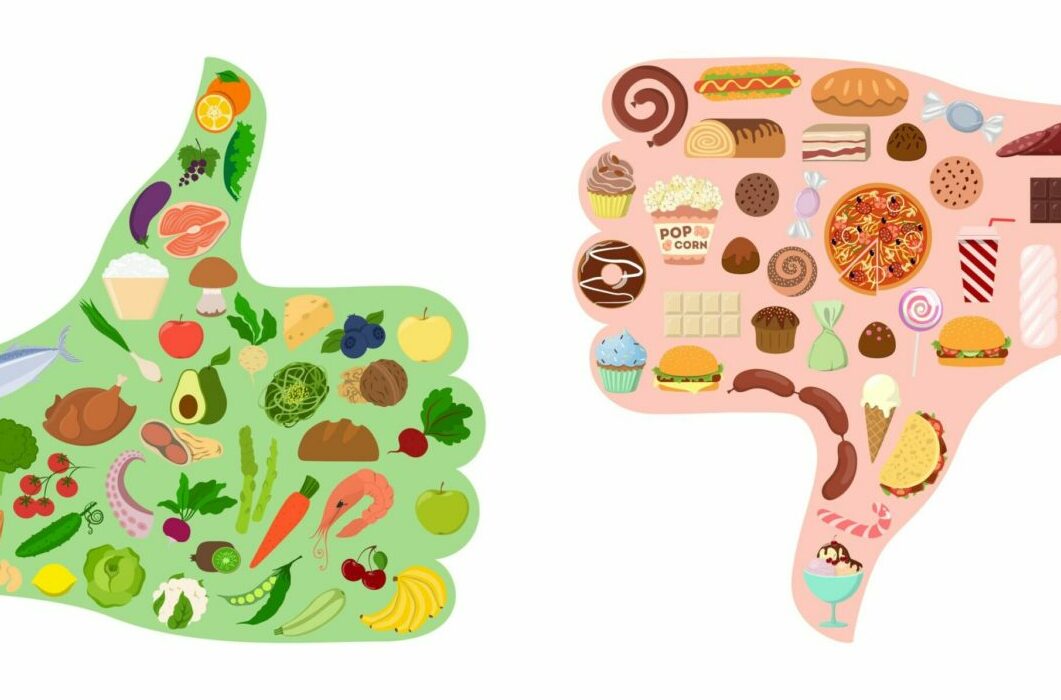
Nearly everything in the world can be bad for your heart, even the foods you love. There are other foods that can be even more harmful. These are the foods that cause high cholesterol and are dangerous for your health. These foods are processed meats which should be avoided. These are meats preserved with salt and nitrites. You should avoid eating them as they are high in saturatedfat. Low-fat dairy products are not necessarily the best for your health.
While some foods are good for your heart, others can actually be bad for your health. Avoid high-fat and processed foods. Instead of consuming these foods you should consume fresh fruits and veggies. Balanced eating is key to good heart health. A balanced diet that includes fresh fruits and veggies is the best way for you to choose the right foods. A balanced diet is the best way to protect your heart from ill effects.
Although it's important that you eat plenty fruits and vegetables, you can still enjoy ice cream or other creamy treats in moderation. One exception is to this rule. These foods contain a lot of saturated fat, which is bad for your heart. These foods can also lead to weight gain and should be avoided. Which foods are the most harmful? All of them are delicious, but there is a right way and a wrong way to eat.

Your heart health is also at risk from processed and fried meats. Fatty red meats must be avoided. The majority of processed meats are preserved with chemicals which can cause inflammation. You can eat whole grains, legumes and fish made from plant-based proteins. You will get all the protein that you need, without having to add salt and saturated fat. If you're looking for a burger, try using lean beef.
Sugar is the most deadly of all. These foods are high in sugar and can increase cholesterol. These foods are high in hidden saturated fat, which can lead to obesity. Hidden sugars are another common ingredient. And most baked goods contain hydrogenated shortenings, which can raise your cholesterol. Trans fats, such as some types of butter, have been shown to increase the risk for heart disease. A number of studies have demonstrated that drinking red wine every day can result in a significant decrease in cholesterol.
Sugar is a concern for many. The American Heart Association suggests that you stick to a diet consisting of fruits and veggies, low-fat milk products, poultry, fish and beans, nontropical vegetable oils, and other healthy foods. In addition, you should limit your red meat intake to less than three times per week. A diet with lots of these foods is a good choice for your heart. Omega-3 fatty acids are found in coffee and soda.
Fresh produce is the heart of a healthy diet. It is high on fiber, low-calorie, and has minimal side effects. It has low-calorie and high-salt options. Fruits and vegetables are among the best foods to help the heart. Reduce consumption of red meat, processed meats, as well as sugary desserts. A healthy diet contains the right balance of fats. Certain fats are good for the heart. Others are harmful.

Margarine should be avoided. This is made from partially-hydrogenated oils, which are linked to heart disease. Margarine is also high in cholesterol. You should limit your intake of Margarine. Olive oil and grassfed butter are two of the best options for heart health. This is the best choice to lower your risk for developing heart disease. The heart-healthy foods make the best food choices for your body.
Bananas, avocados, and other fruits are great for your heart. Homemade banana ice cream is possible. All you need to do is freeze the banana overnight. Then, blend it with almond butter and milk. You can then top it with raspberries, dark chocolate shavings, and other delicious treats. It's the perfect mixture of sweet, salty and healthy for your heart. Low-fat bananas are great for people who can't bear to eat one.
FAQ
Are there 5 ways to have a healthy lifestyle?
Healthy living means eating right, exercising regularly and getting enough sleep. It also involves managing stress and having fun. You should avoid processed foods, sugar, or unhealthy fats. Exercise burns calories and strengthens the muscles. Sleeping well improves concentration and memory. Stress management can reduce anxiety and depression. Fun keeps us vibrant and young.
How do I get enough vitamins for my body?
You can get most of the daily nutrients you need through your diet. Supplements are an option if you are low in any vitamin. Multivitamin supplements can be taken that contain all the vitamins you need. You can also purchase individual vitamins at your local drugstore.
Talk to your doctor to find out which foods are rich in vitamins. You can find vitamins K and E in dark green leafy vegetable such as spinach, kale and turnip leaves, as well a variety of sweet potatoes and sweet potatoes.
Ask your doctor to help you determine the right amount of vitamin. The doctor will determine the proper dosage based upon your medical history as well as your current health.
What's the difference between a calorie and kilocalorie?
Calories are units used to measure the amount of energy in food. Calories are the unit of measurement. One calorie equals one degree Celsius of energy to raise water temperature by 1 gram.
Kilocalories can also be used to refer to calories. Kilocalories can be measured in thousandsths of one calorie. 1000 calories, for example, equals one kilocalorie.
What is the working principle of an antibiotic?
Antibiotics can be used to kill bacteria. To treat bacterial infections, antibiotics are used. There are many types and brands of antibiotics. Some are given orally, while some are injected. Other antibiotics are applied topically.
People who have been exposed are often given antibiotics. If someone has chicken pox, they might need to take an oral antibiotic in order to prevent shingles. Penicillin might also be administered to someone with strep throat. This will help prevent the possibility of developing pneumonia.
When antibiotics are given to children, they should be given by a doctor. Side effects of antibiotics can be more dangerous for children than for adults.
Diarrhea, the most common side-effect of antibiotics, is probably diarrhea. Other possible side effects include stomach cramps, nausea, vomiting, allergic reactions, headaches, dizziness, and rashes. These symptoms usually go away after treatment ends.
What is the most healthful lifestyle?
The healthiest lifestyle to live is one where you eat healthy food, exercise regularly, sleep well, and avoid stress. These are the keys to a healthy and long-lasting life.
Starting small can make a big difference in your diet, and even your exercise routine. To lose weight, you can start walking for 30 mins each day. If you're looking for a way to increase your activity, consider taking up swimming or dancing. An online fitness program such as Strava or Fitbit that tracks your activity could be a good option.
Here are 7 ways to live a healthy lifestyle.
-
Eat right
-
Exercise regularly
-
Sleep well
-
Drink lots of water
-
Get enough sleep
-
Be happy
-
Smile often
Statistics
- WHO recommends consuming less than 5% of total energy intake for additional health benefits. (who.int)
- nutrients.[17]X Research sourceWhole grains to try include: 100% whole wheat pasta and bread, brown rice, whole grain oats, farro, millet, quinoa, and barley. (wikihow.com)
- Extra virgin olive oil may benefit heart health, as people who consume it have a lower risk for dying from heart attacks and strokes according to some evidence (57Trusted Source (healthline.com)
- According to the Physical Activity Guidelines for Americans, we should strive for at least 150 minutes of moderate intensity activity each week (54Trusted Source Smoking, harmful use of drugs, and alcohol abuse can all seriously negatively affect your health. (healthline.com)
External Links
How To
What does the "vitamins” word mean?
Vitamins are organic substances found naturally in food. Vitamins allow us to absorb nutrients from food. The body cannot make vitamins; therefore, they must be obtained from food.
There are two types vitamins: water soluble or fat soluble. Water-soluble vitamins dissolve quickly in water. Some examples include vitamin C,B1 and B2 vitamins (thiamine), B2 and riboflavin, B3 and B6 vitamins (niacin), folic acids, biotin, pantothenic acids, and cholesterol. Fat soluble vitamins are stored in the liver and fatty tissue. These include vitamin D, E and K, as well as beta carotene.
Vitamins can be classified by their biological activity. There are eight main groups of vitamins.
-
A - essential for normal growth and maintenance of health.
-
C - important for proper nerve function and energy production.
-
D - Essential for healthy teeth and bones.
-
E is needed for good reproduction and vision.
-
K - essential for healthy muscles, nerves, and bones.
-
P - Essential for strong bones and teeth.
-
Q - Aids in digestion and absorption.
-
R – Required for the formation of red blood vessels.
The recommended daily intake (RDA), of vitamins varies with age, gender and physical condition. The U.S. Food and Drug Administration, (FDA), sets the RDA value.
For adults over 19, the RDA for vitaminA is 400 micrograms per daily. Pregnant women require 600 micrograms daily to support fetal development. Children ages 1-8 require 900 micrograms per day. Infants under one year of age require 700 micrograms per day, but this amount decreases to 500 micrograms per day between 9 months and 12 months of age.
Children ages 1-18years who are obese need 800 micrograms per day while those who are overweight need 1000 micrograms per day and children who are underweight need 1200 micrograms per day to meet their nutritional needs.
2200 mg of vitamin A per day is required for children aged 4-8 who have been diagnosed by anemia.
2000 micrograms per person is necessary for general health. Because of their higher nutrient needs, women who are pregnant or nursing need 3000 mg per day.
1500 micrograms is the recommended daily intake for adults aged 70+, who lose approximately 10% of muscle each year.
Women who are pregnant or nursing need more than the RDA. Pregnant mothers need 4000 micrograms per daily during pregnancy and 2500 after giving birth. Breastfeeding moms need 5000 micrograms each day when breastmilk production occurs.